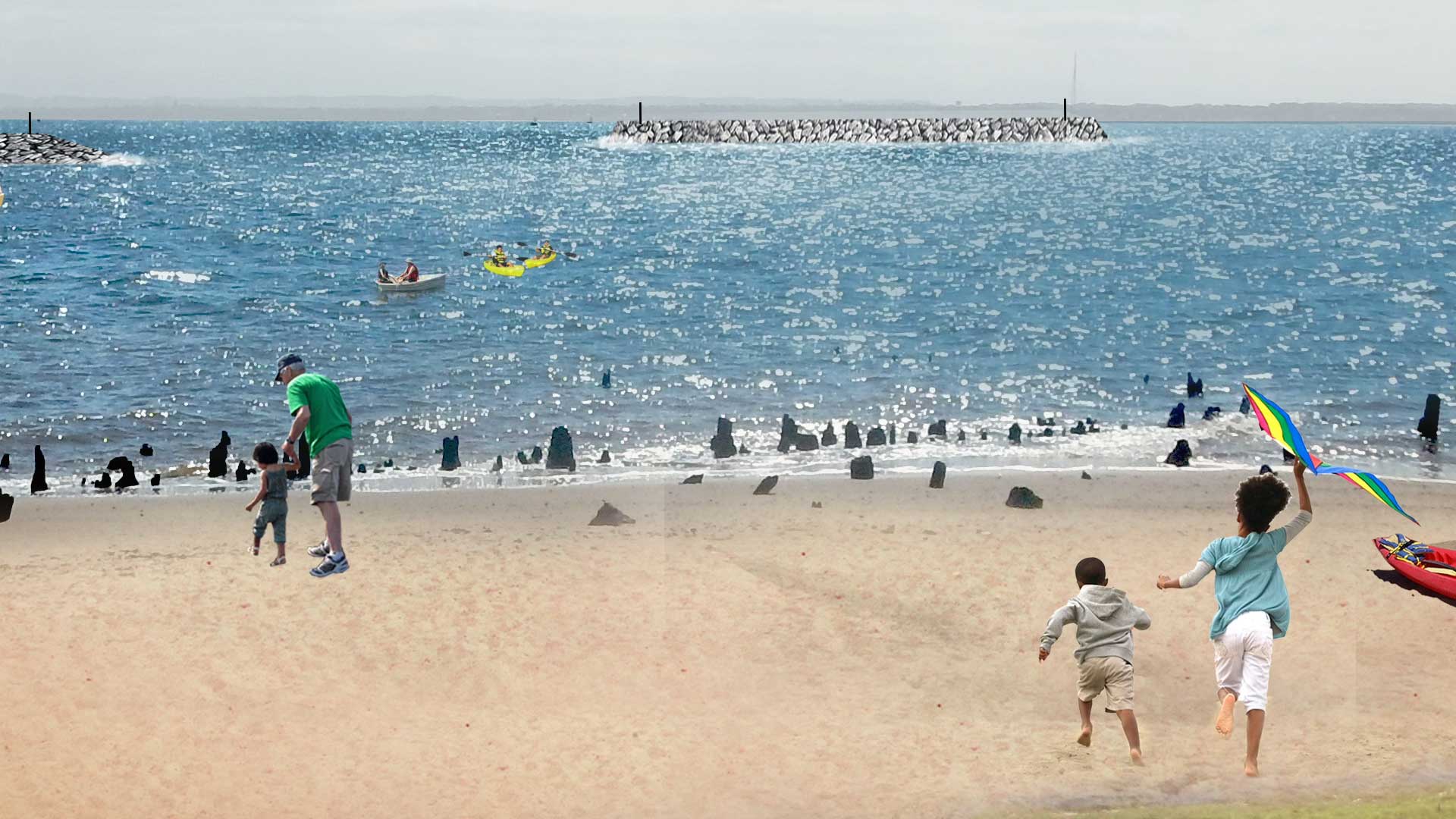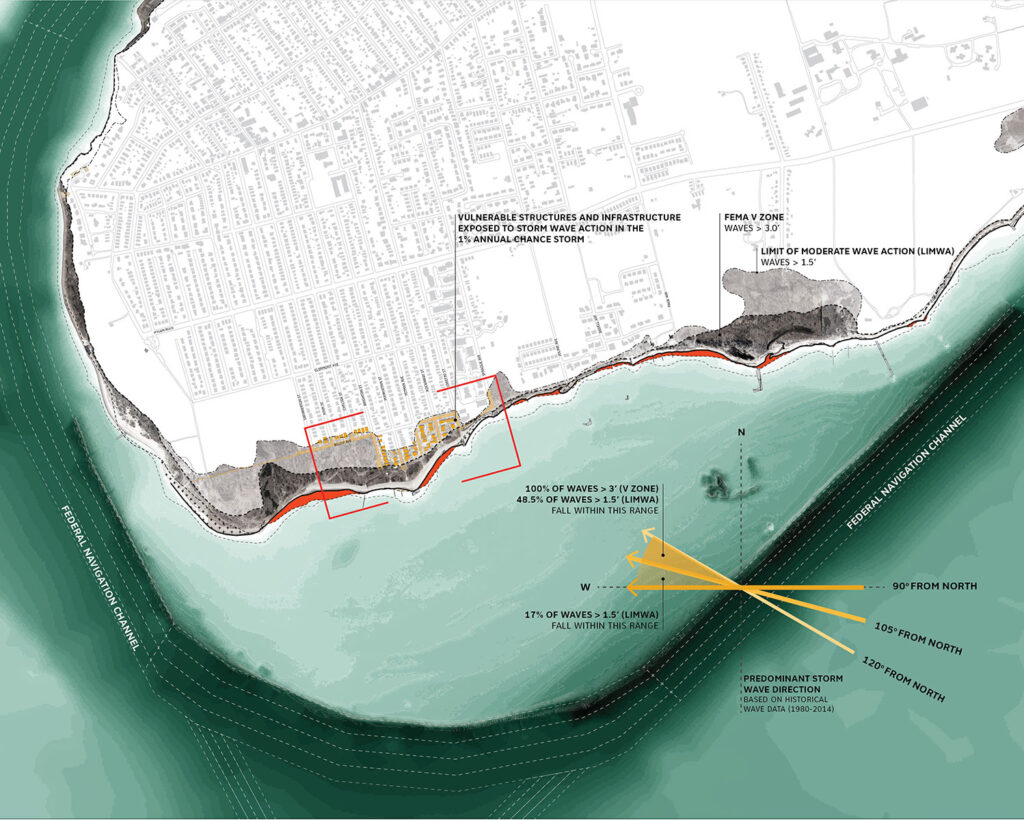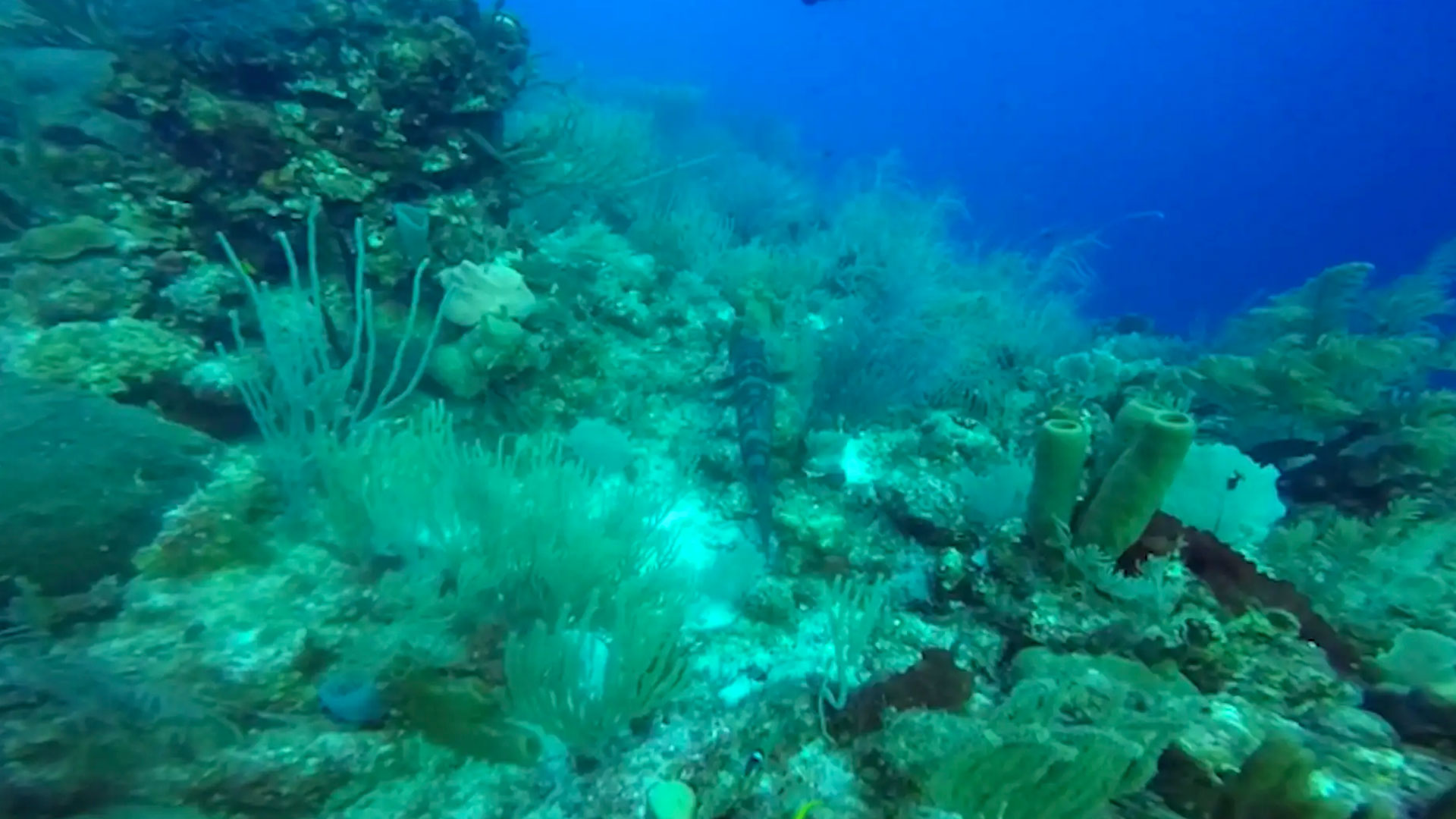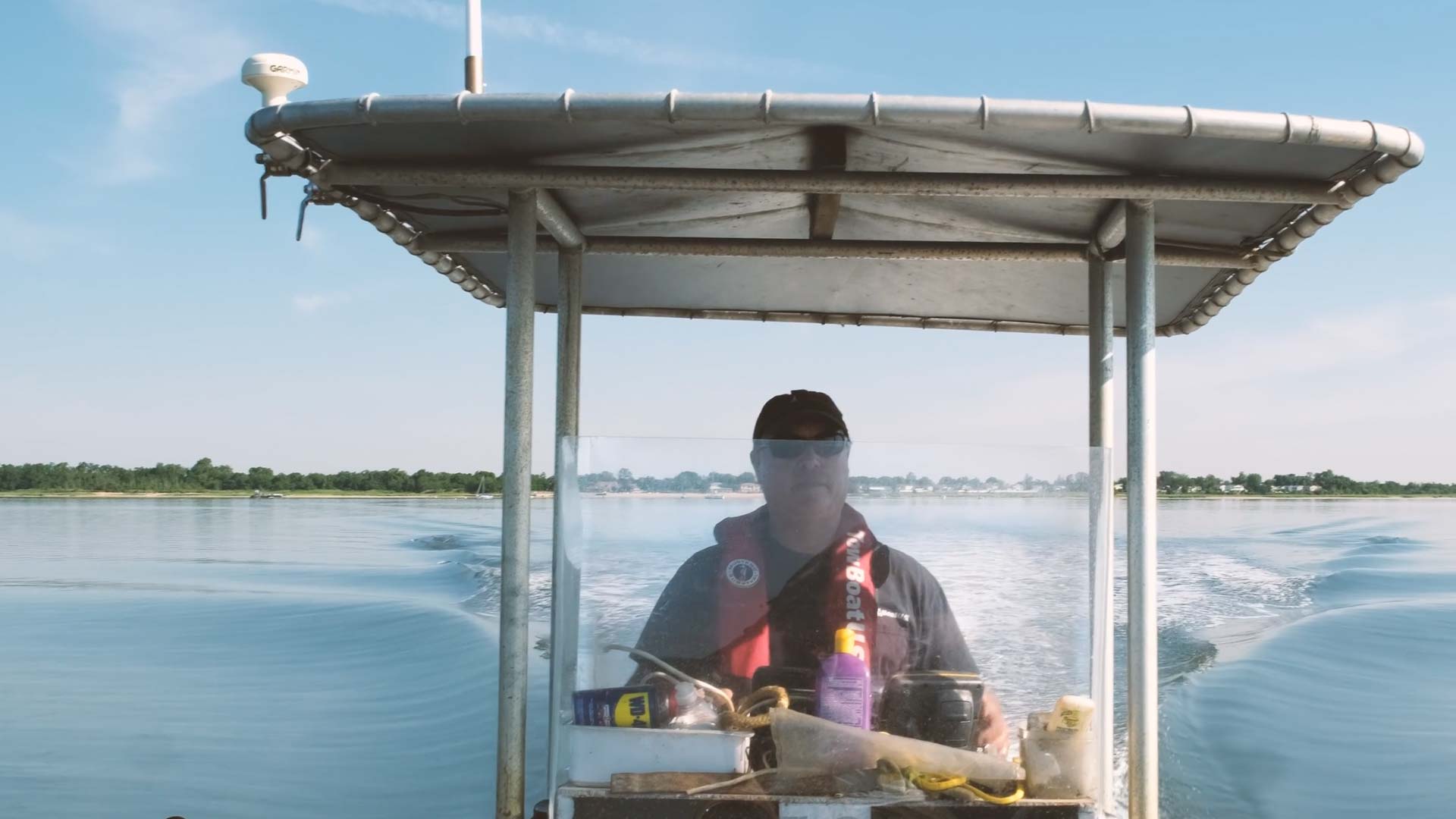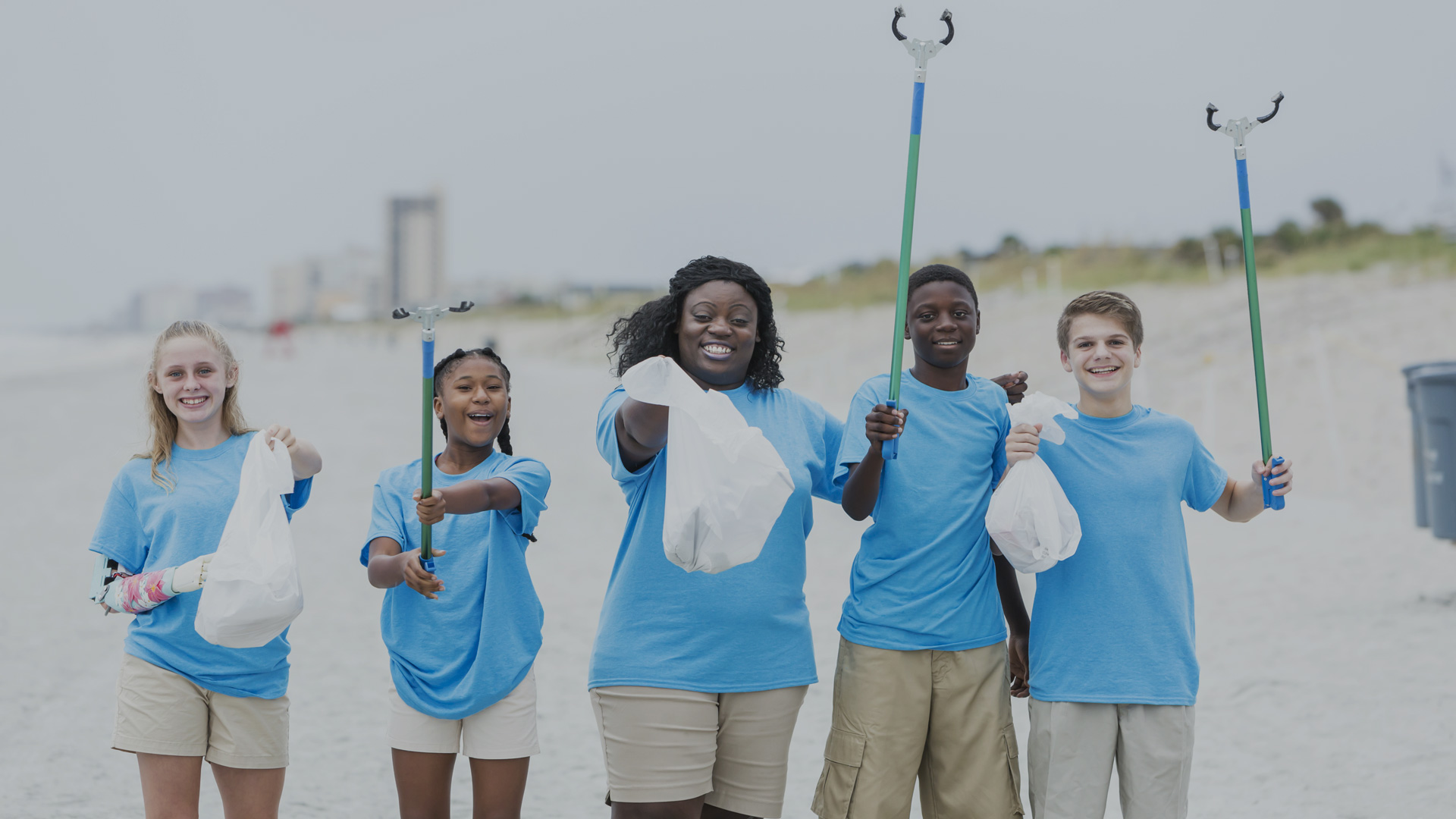Staten Island Living Breakwaters Project
Reversing erosion, restoring marine biodiversity
Every East-coaster remembers the chaos and devastation of Hurricane Sandy. The event was literally a perfect storm – a deadly mixture of a tropical hurricane colliding with a cold front during a full moon. Sandy halted transportation, closed schools, and left millions without power. It was the fourth most expensive storm in U.S. history, with hundreds of thousands of dwellings destroyed.
To many, it was a wake-up call.
The majority of the United States’ northeast coast is not equipped to withstand storms as ferocious as Hurricane Sandy. Because of human-accelerated climate change, these areas are growing more vulnerable to extreme weather events as they increase in frequency and intensity.
The storm hit New Jersey and New York coastlines particularly hard, with New York City incurring an estimated $19 billion in damages. The southeast shores of Staten Island, which were already experiencing significant erosion over the past 35 years, were hit with unprecedented destruction of life, property, and economy.
These circumstances are what led to the creation of The Staten Island Living Breakwaters Project. The project proposal won the Rebuild By Design competition created by the U.S. Department of Housing and Urban Development and was allocated $60 million in Community Development Block Grant Disaster Recovery funds. The holistic design of the project, created by SCAPE Landscape Design Studio, aims to reduce storm surge risk, enhance local ecology, and increase social resilience.
The United States’ coast is vulnerable to extreme weather events as they increase in frequency and intensity.
So what exactly are the “living breakwaters?” The structures (there will be 9 separate breakwaters once the project is completed) consist of roughly 2,400 linear feet of partially submerged mounds of rubble. SCAPE describes them as “ecologically enhanced concrete armor units,” that were carefully designed to provide immediate protection to Staten Island’s most vulnerable shores as well as long-term shoreline restoration and habitat for marine life.
Although the breakwaters will not completely prevent the impact of future storms, each of the segments was intricately designed by modeling waves and currents to minimize the impact from water on the shoreline, and to continue to do so for up to 18 inches of sea level rise.
The living breakwaters are designed for reversing erosion and gradually enhancing the shoreline.
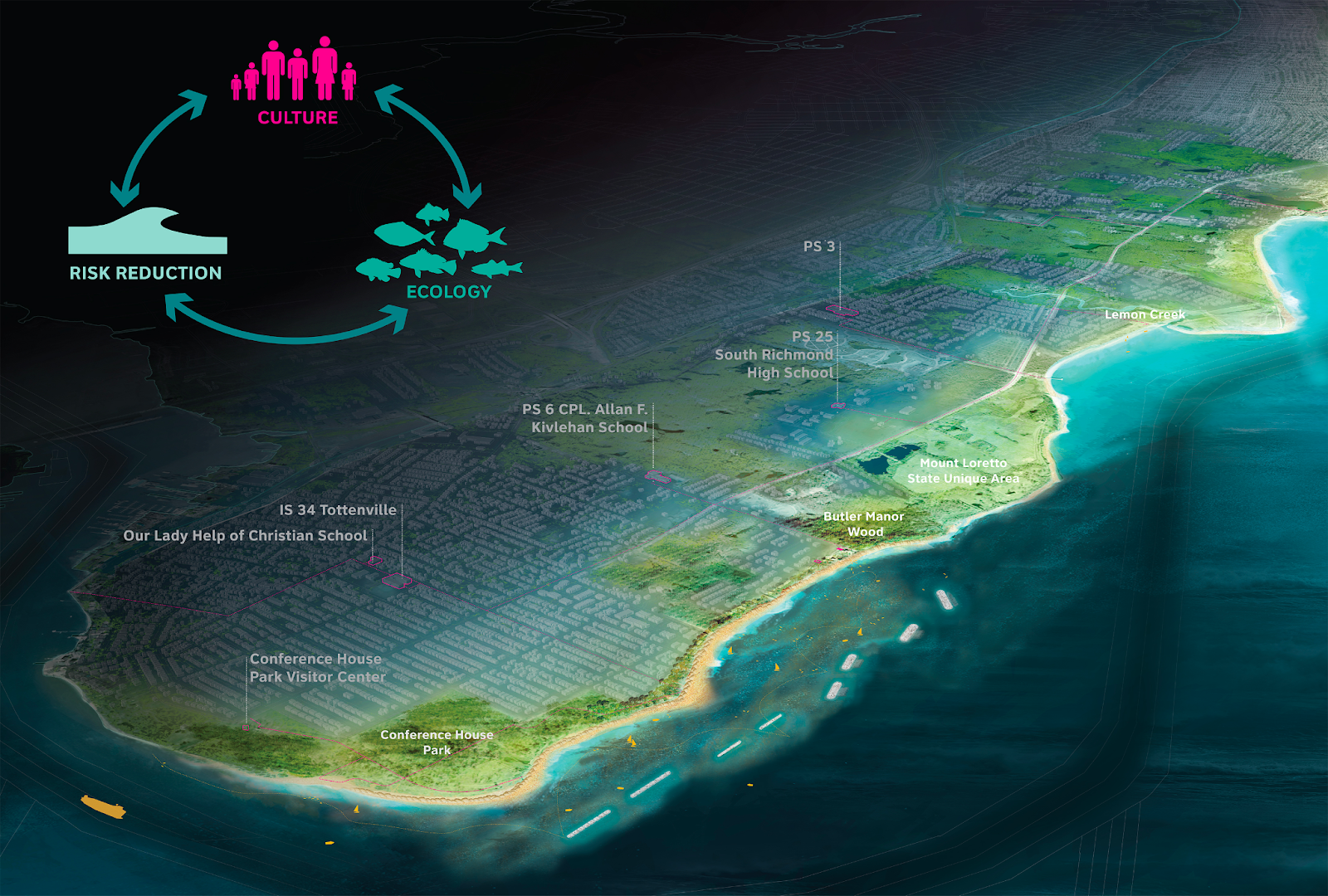
Staten Island Living Breakwater Design
Not only will the breakwaters reduce the impact of storm surges by changing wave behavior, they will also prevent shoreline erosion by trapping sediment and keeping it from washing out to sea, which will grow Staten Island’s southern beaches over time. The living breakwaters are designed for long-term resilience, reversing erosion and gradually enhancing the shoreline reduces the risk of damage to infrastructure and wildlife habitats.
The living breakwaters will be exactly that: living. The structures are designed with habitat restoration in mind to protect and restore Staten Island’s marine biodiversity. Their design maximizes surface area and structural complexity to modify wave behavior. This design also provides intertidal habitat for a wealth of critical species such as oysters, which provide ecosystem services that enhance ecosystem health.
To learn more about the ecological services of oysters, check out this article on New York’s Oyster Bay.
The living breakwaters will be exactly that: living.
Put simply, the living breakwaters mimic natural reef formations in a way that standard breakwater structures usually don’t. In addition to directly helping marine wildlife communities, the project’s social aspect aims to enhance recreational opportunities – like fishing and general beach use along Staten Island’s shorelines – as well as educational opportunities for local residents.
In a partnership with the Billion Oyster Project, the Living Breakwaters team developed a STEM curriculum for middle schoolers that focuses on the ecological importance of coastal marine ecosystems, climate change resilience, and educates them about the Breakwaters Project. The curriculum is available to the public here, and has been used by teachers in over a dozen Staten Island schools. The project’s ability to inspire and educate younger generations ensures its longevity and promotes the development of future coastal resilience efforts.
The integrated design of the Staten Island Living Breakwaters Project provides a terrific example for future coastal resiliency and restoration projects around the world. Building community, environment, and economics into our definition of resilience becomes extremely important in the face of a growing population and warming climate.
Staten Island Storm Erosion
In October 2012, Superstorm Sandy devastated Staten Island’s east and south shore neighborhoods. The driving wave action battered the coastline, damaging or destroying an unprecedented number of Staten Island homes and businesses, resulting in loss of life and significant harm to the local economy. Tottenville, a community at the southernmost point of Staten Island, experienced some of the most destructive waves in the region. Much of the shoreline has also experienced ongoing erosion over the last 35 years; in many locations, erosion rates average more than one foot per year and in one area of Conference House Park, they reach an average rate of more than three feet per year, leaving the area increasingly vulnerable.
Want to learn more or get involved? Check out these resources!
Get involved with the Living Breakwaters Citizens Advisory Committee by visiting their page!
To find ways to help oysters and their critical habitats, explore volunteer opportunities with the Billion Oysters Project!
Check out the Hudson River Foundation for more events and opportunities!

